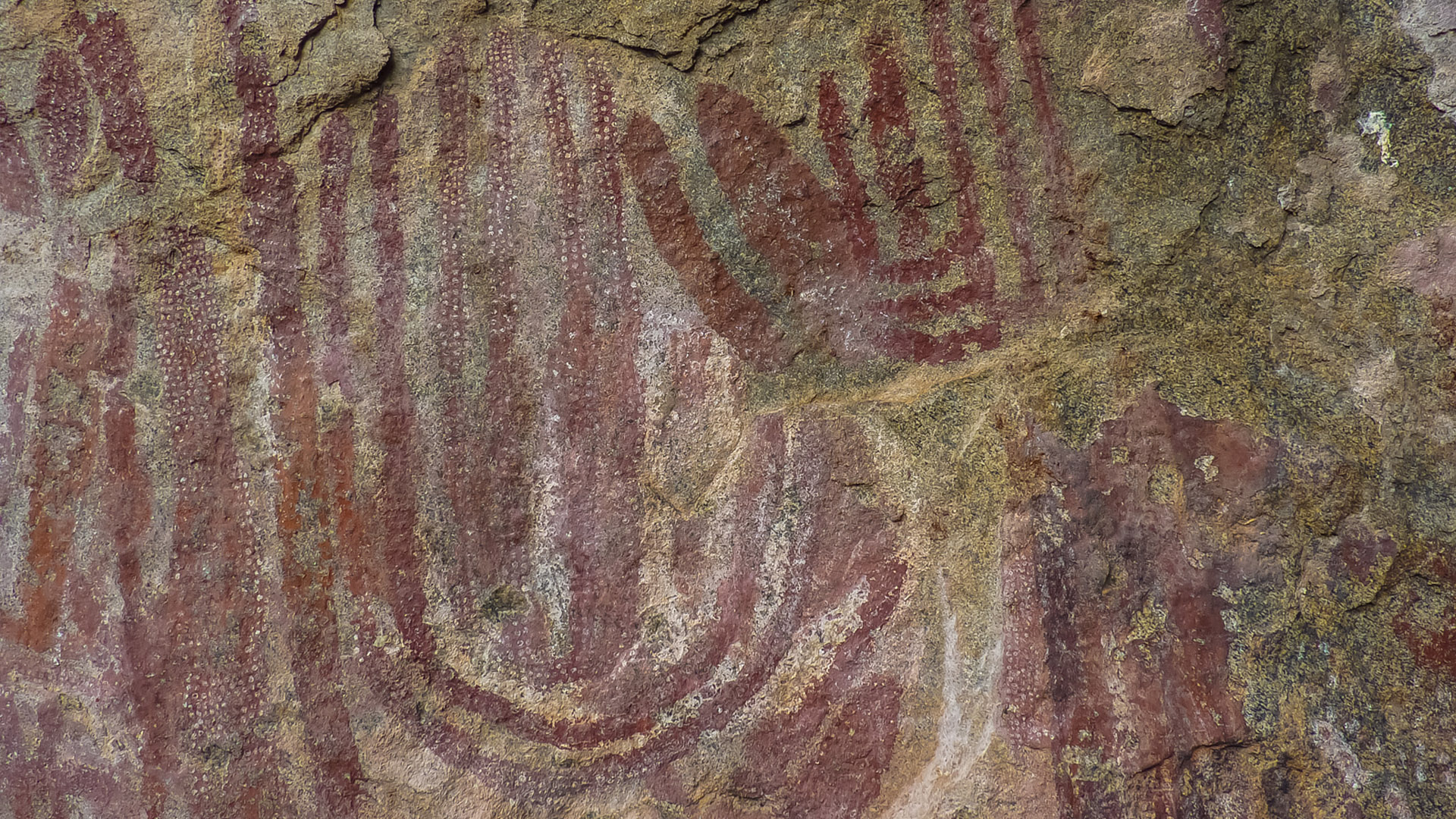

Ads Space

Categories
- Adventure(6)
- Camping(1)
- Design(1)
- Interviews(1)
- Lifestyle(1)
- Outdoor(1)
- Travel(1)
- Uncategorized(29)
Popular Posts :
-
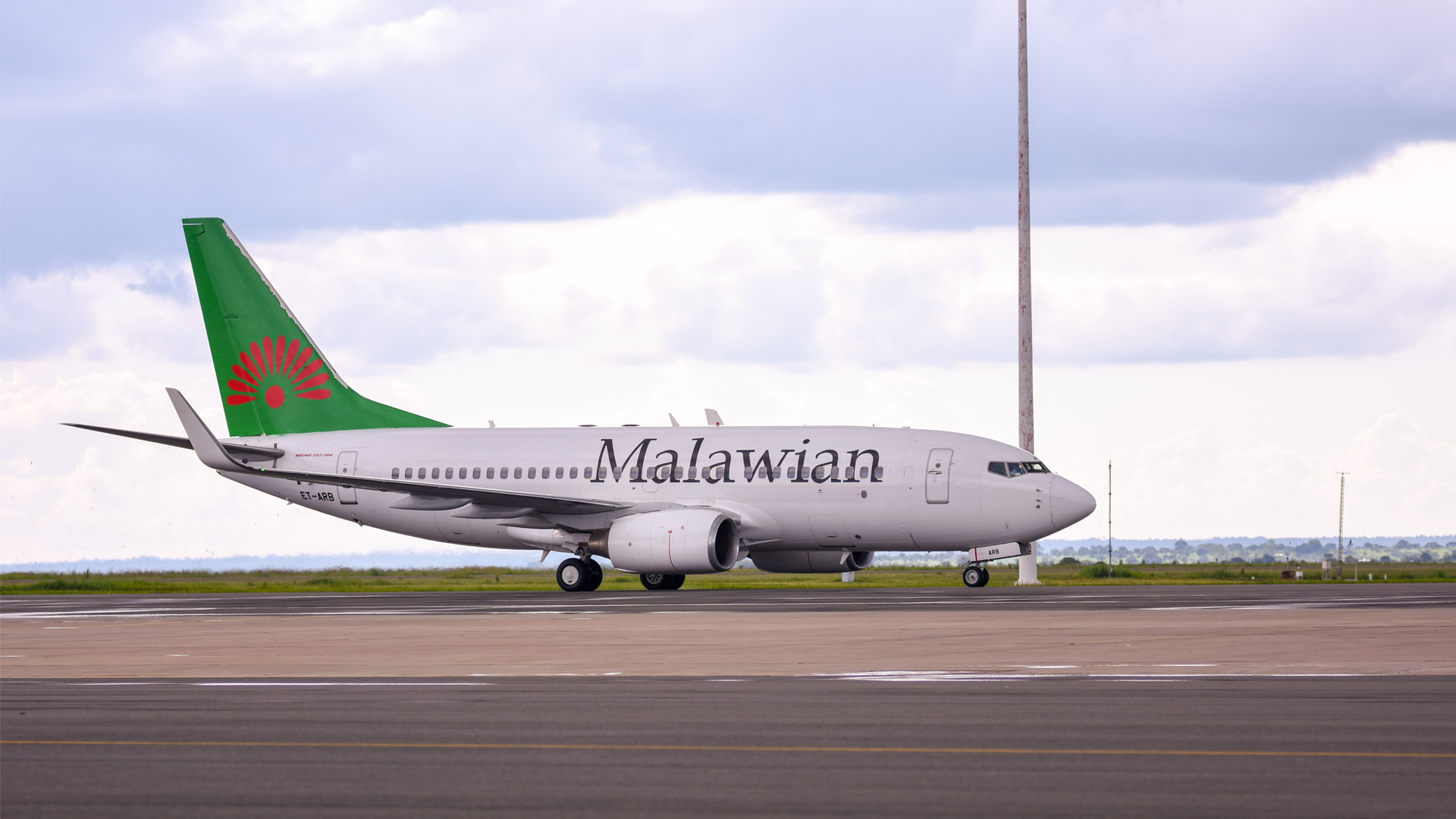 Malawi’s Transport 02 Aug 2019 0 Comments
Malawi’s Transport 02 Aug 2019 0 Comments -
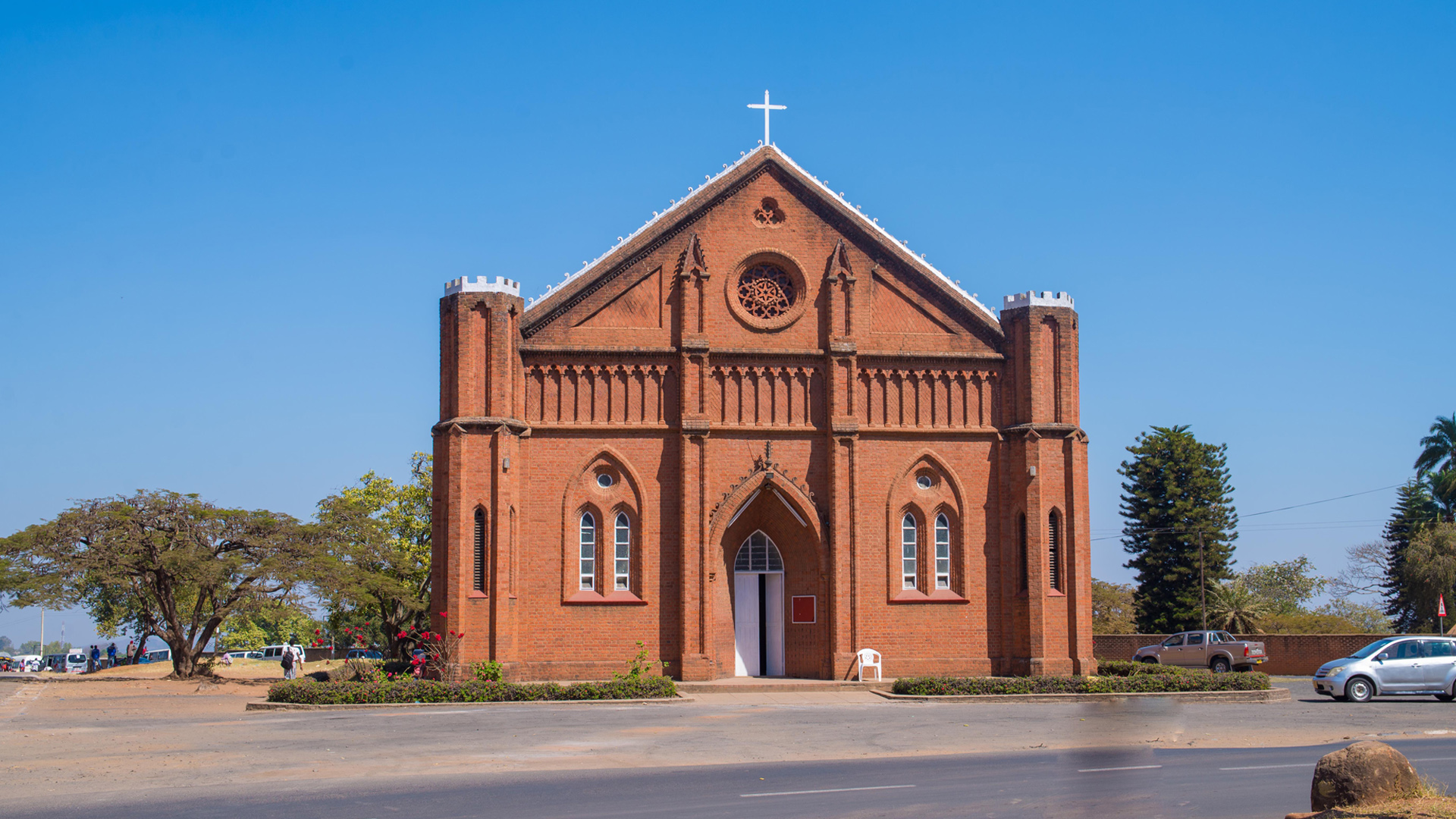 Malawi’s Religion 02 Aug 2019 3 Comments
Malawi’s Religion 02 Aug 2019 3 Comments -
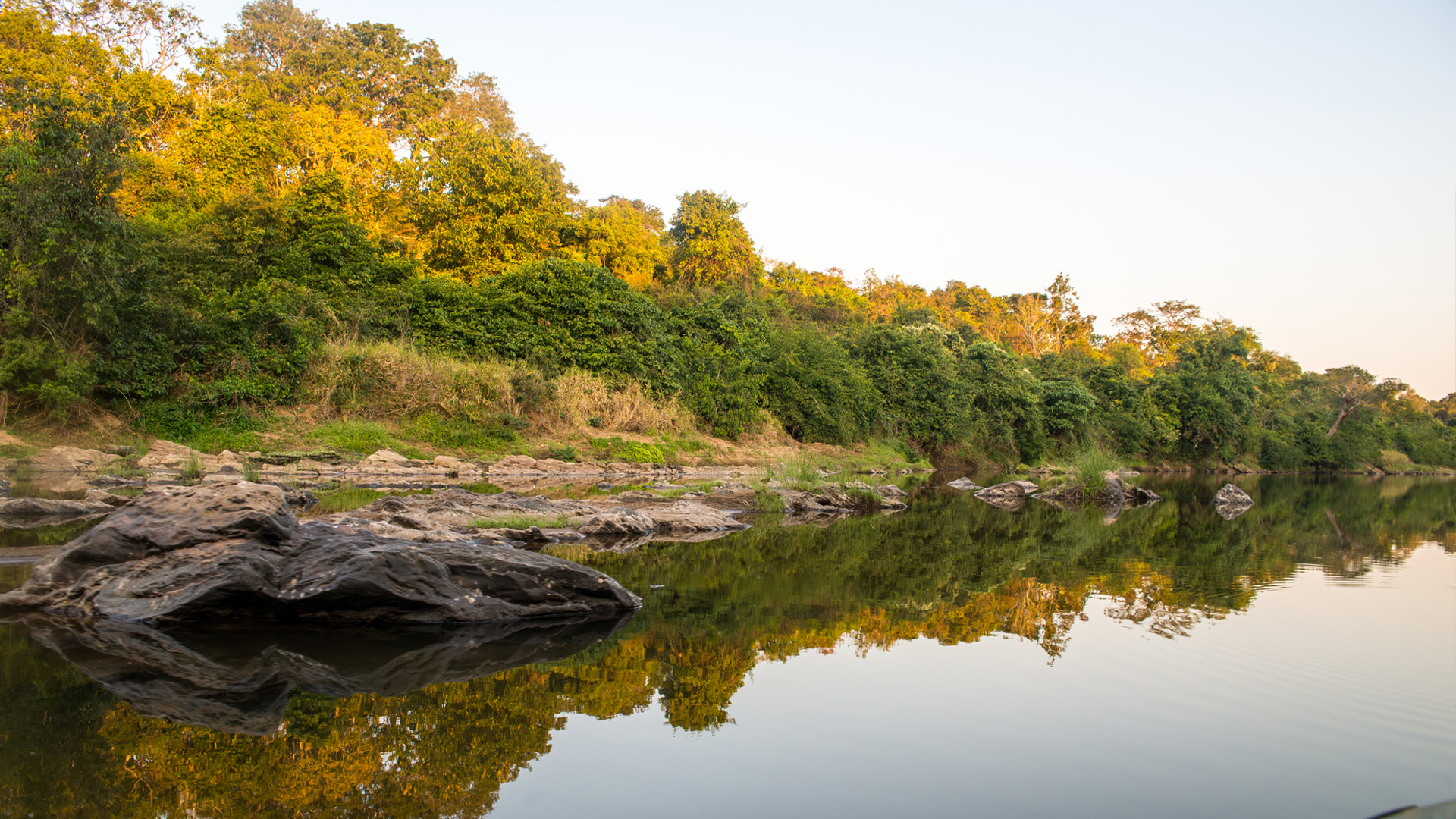 Malawi’s Climate 02 Aug 2019 1 Comment
Malawi’s Climate 02 Aug 2019 1 Comment -
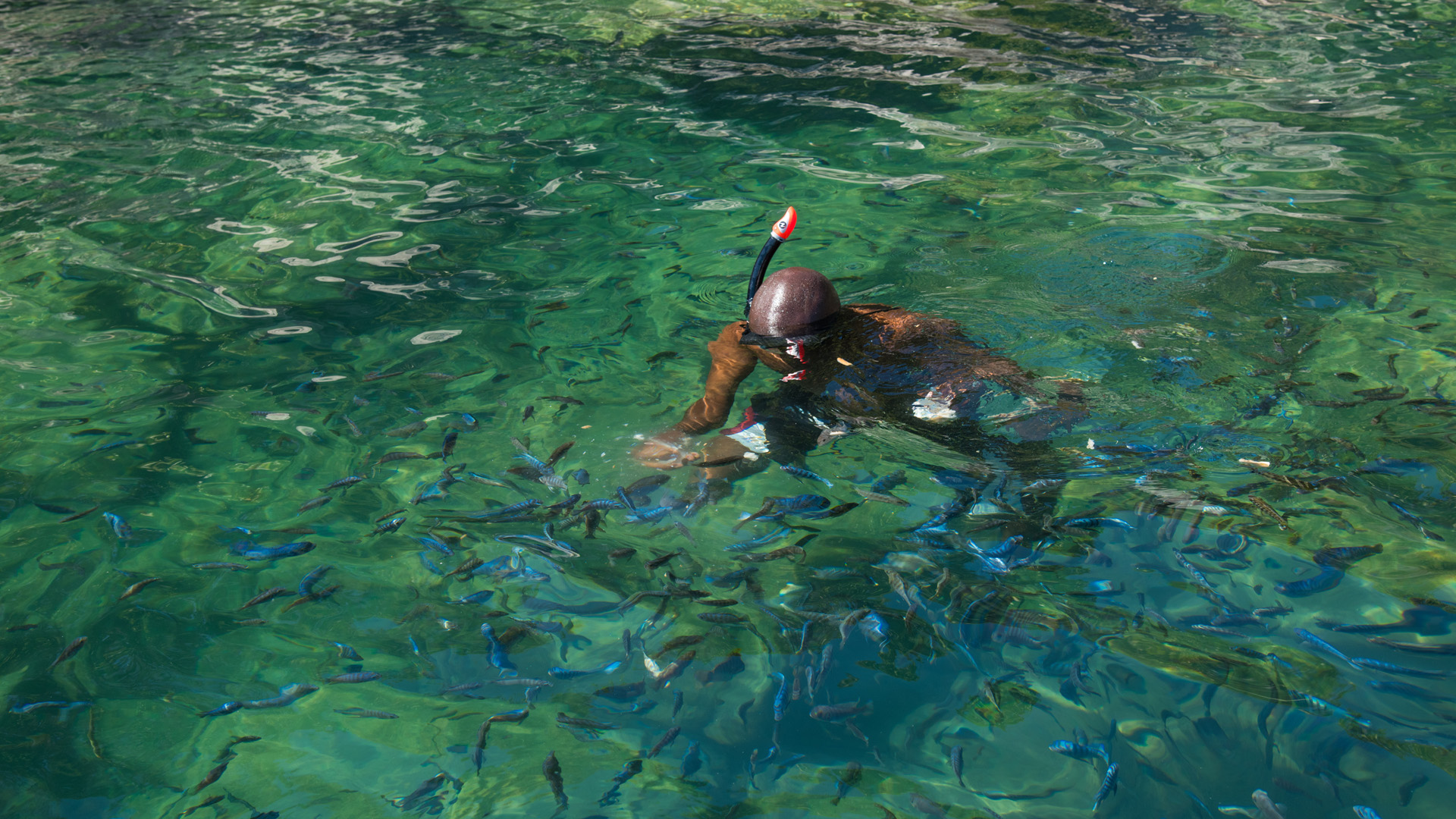 Malawi’s Location 02 Aug 2019 0 Comments
Malawi’s Location 02 Aug 2019 0 Comments -
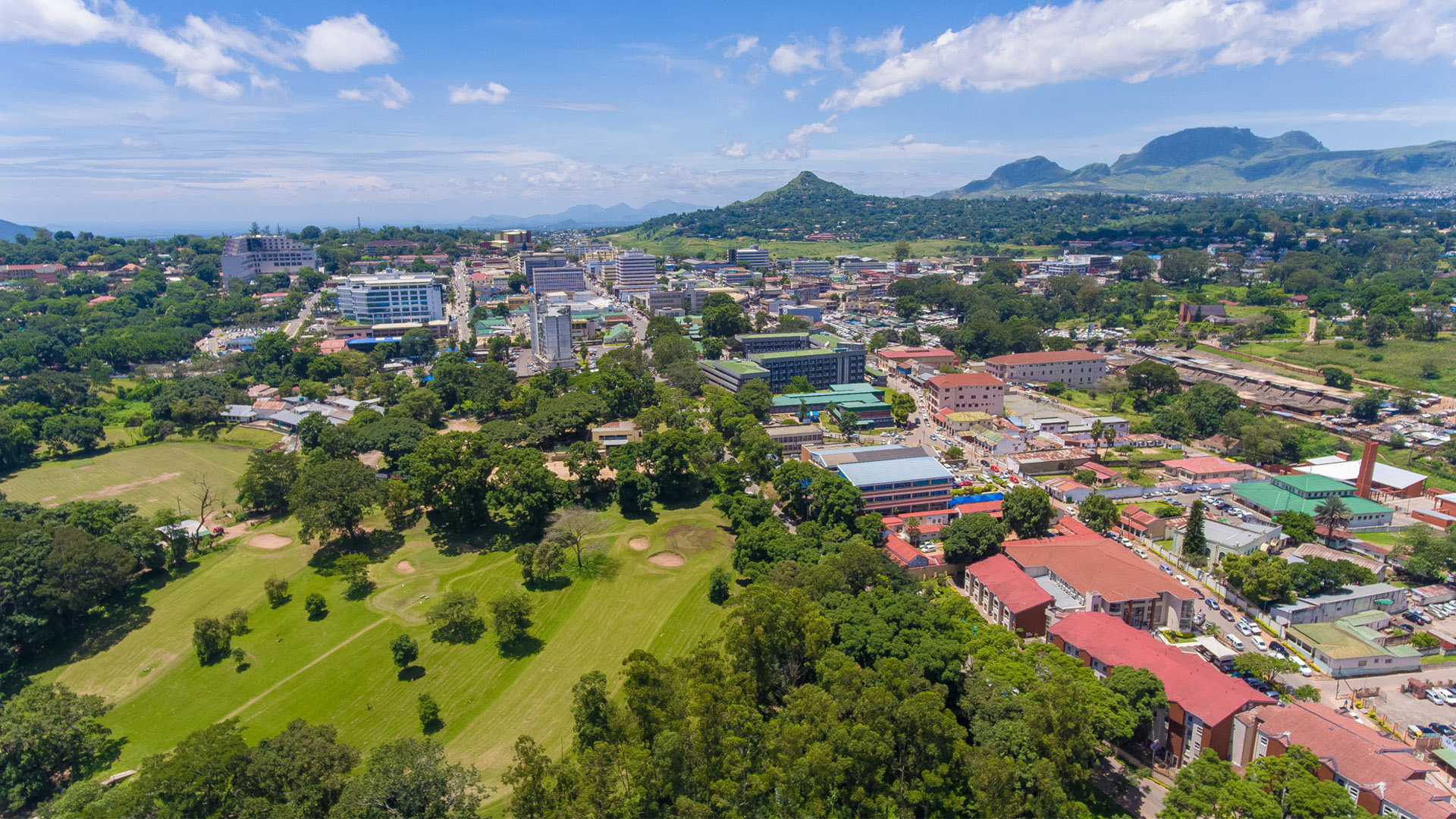 Malawi’s History 02 Aug 2019 0 Comments
Malawi’s History 02 Aug 2019 0 Comments
Ads Space


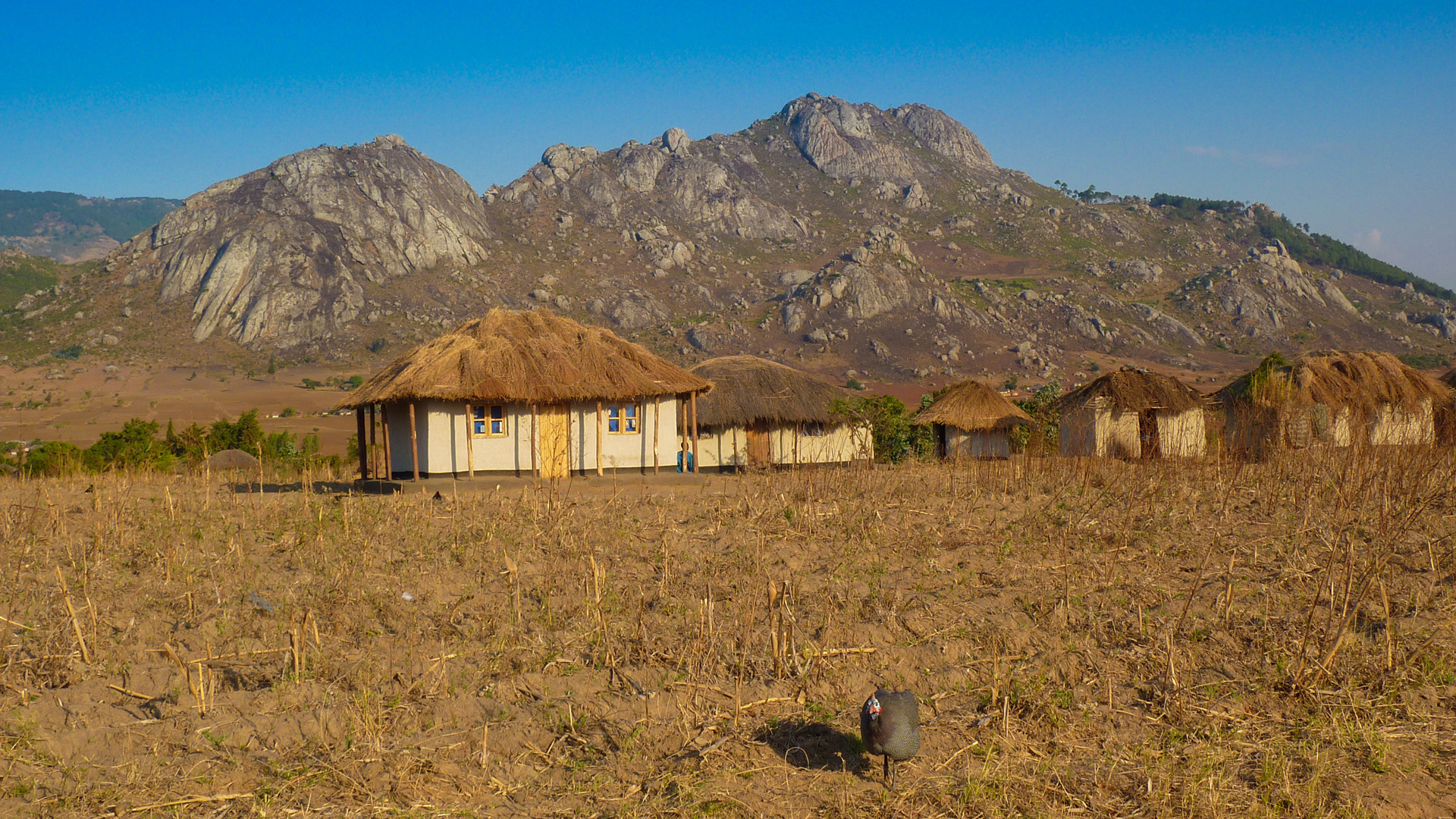

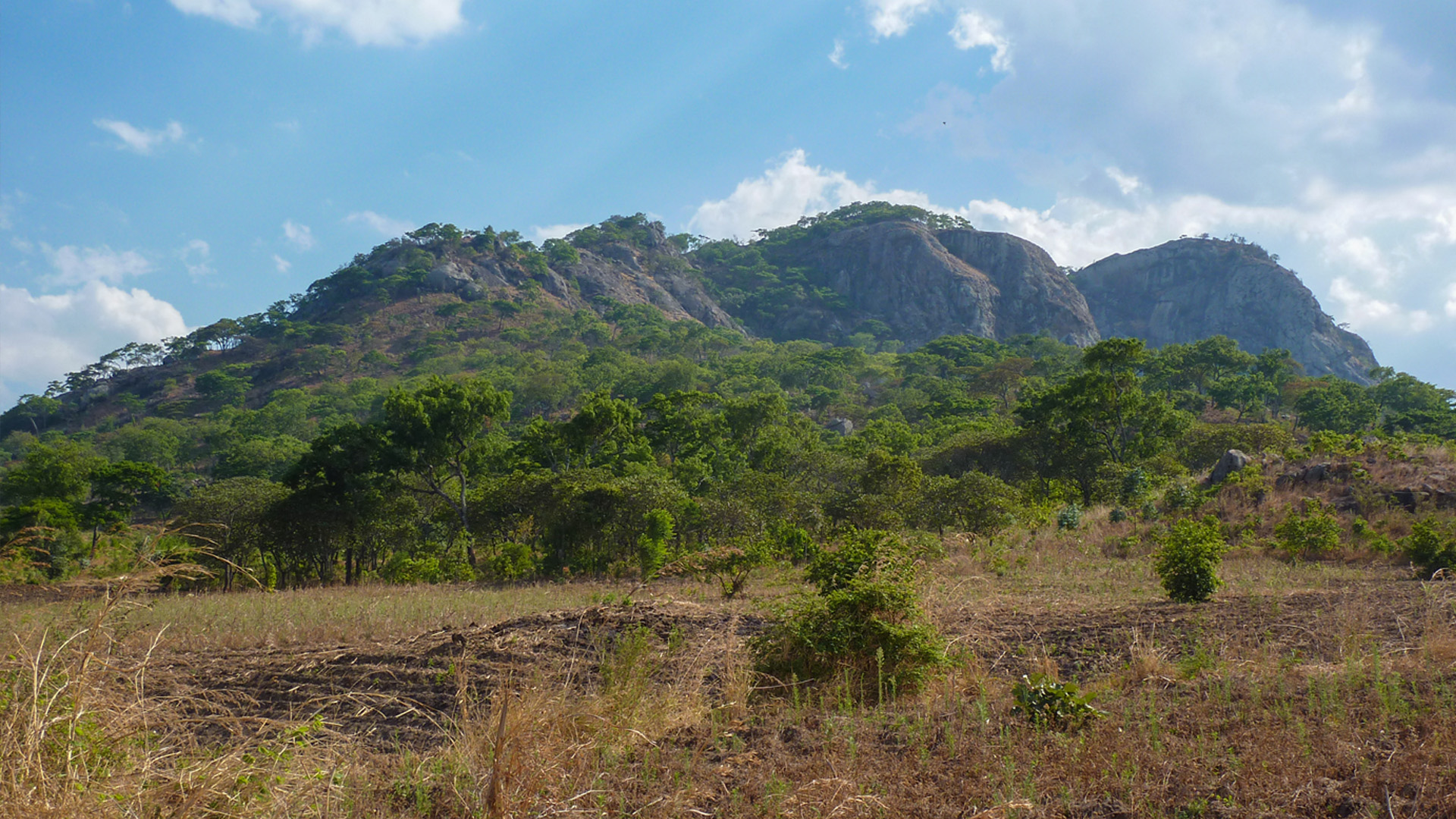


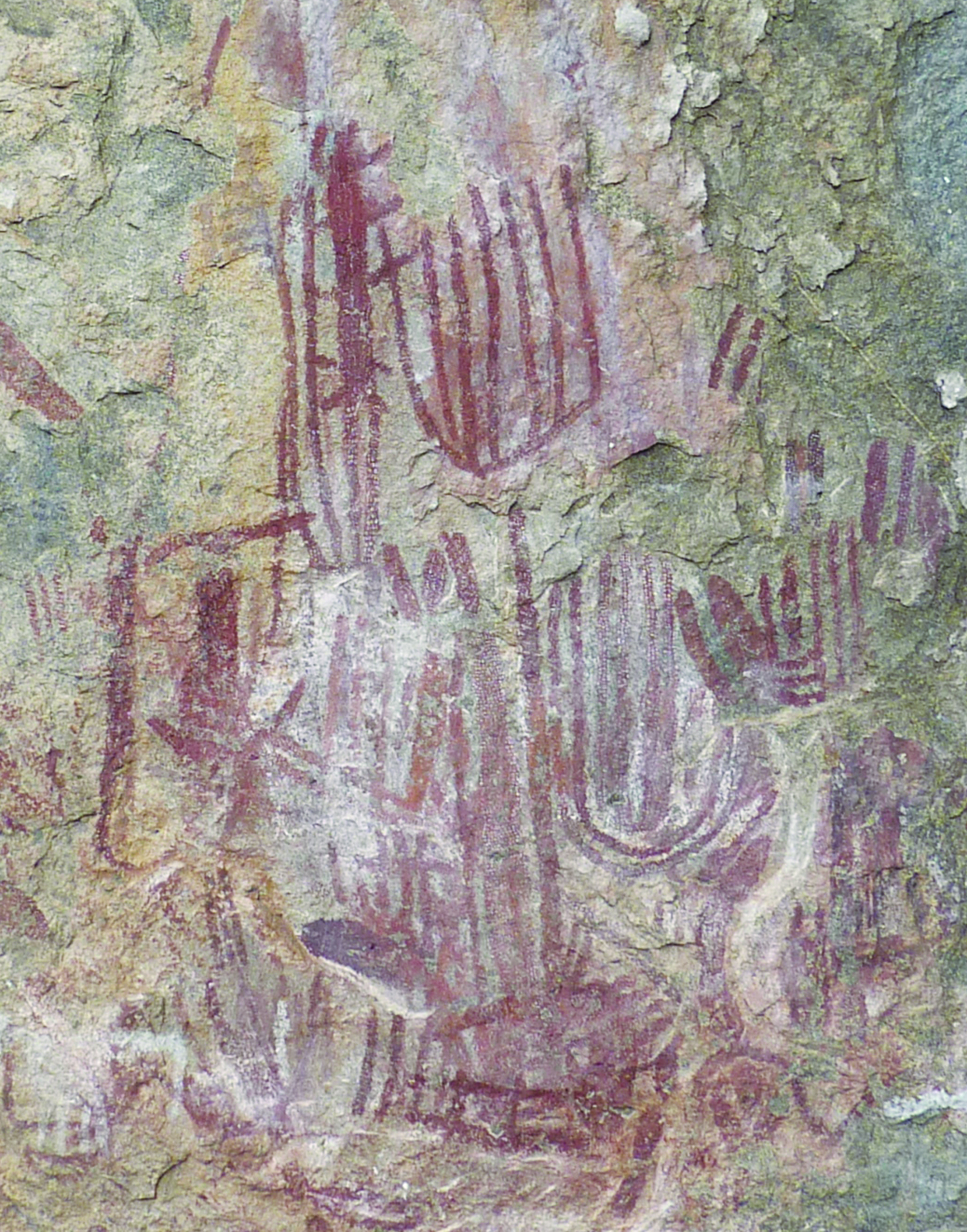
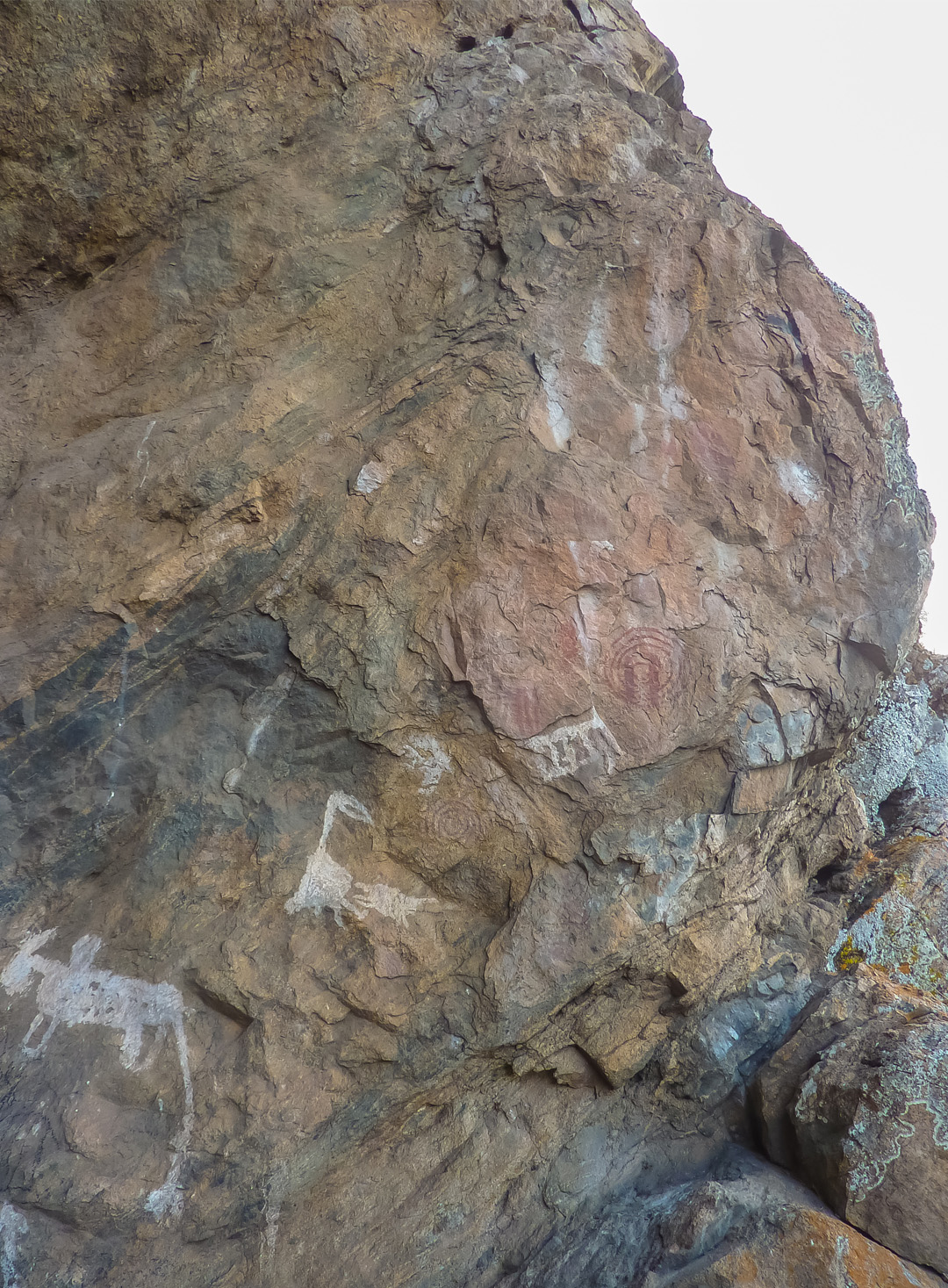
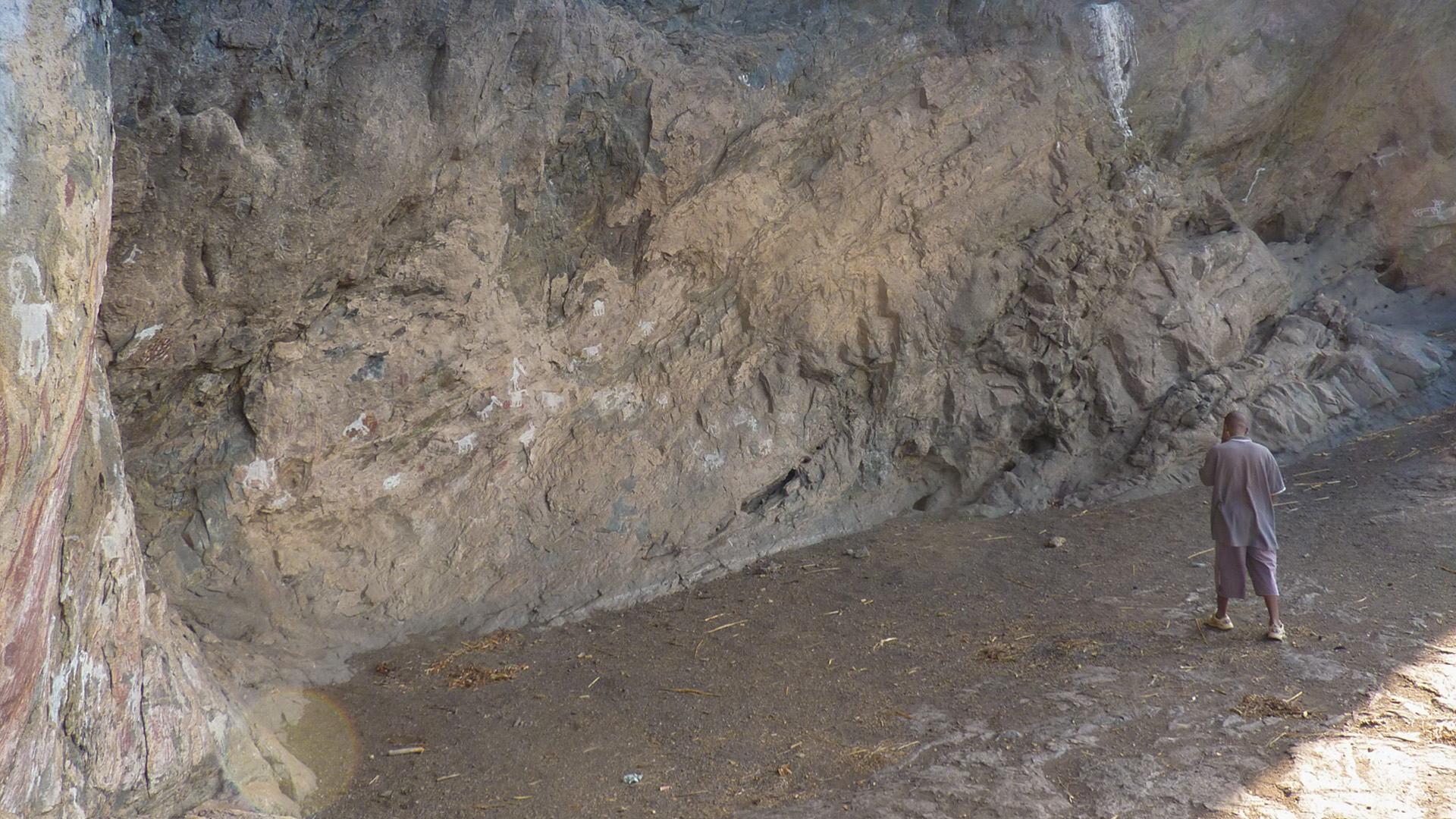

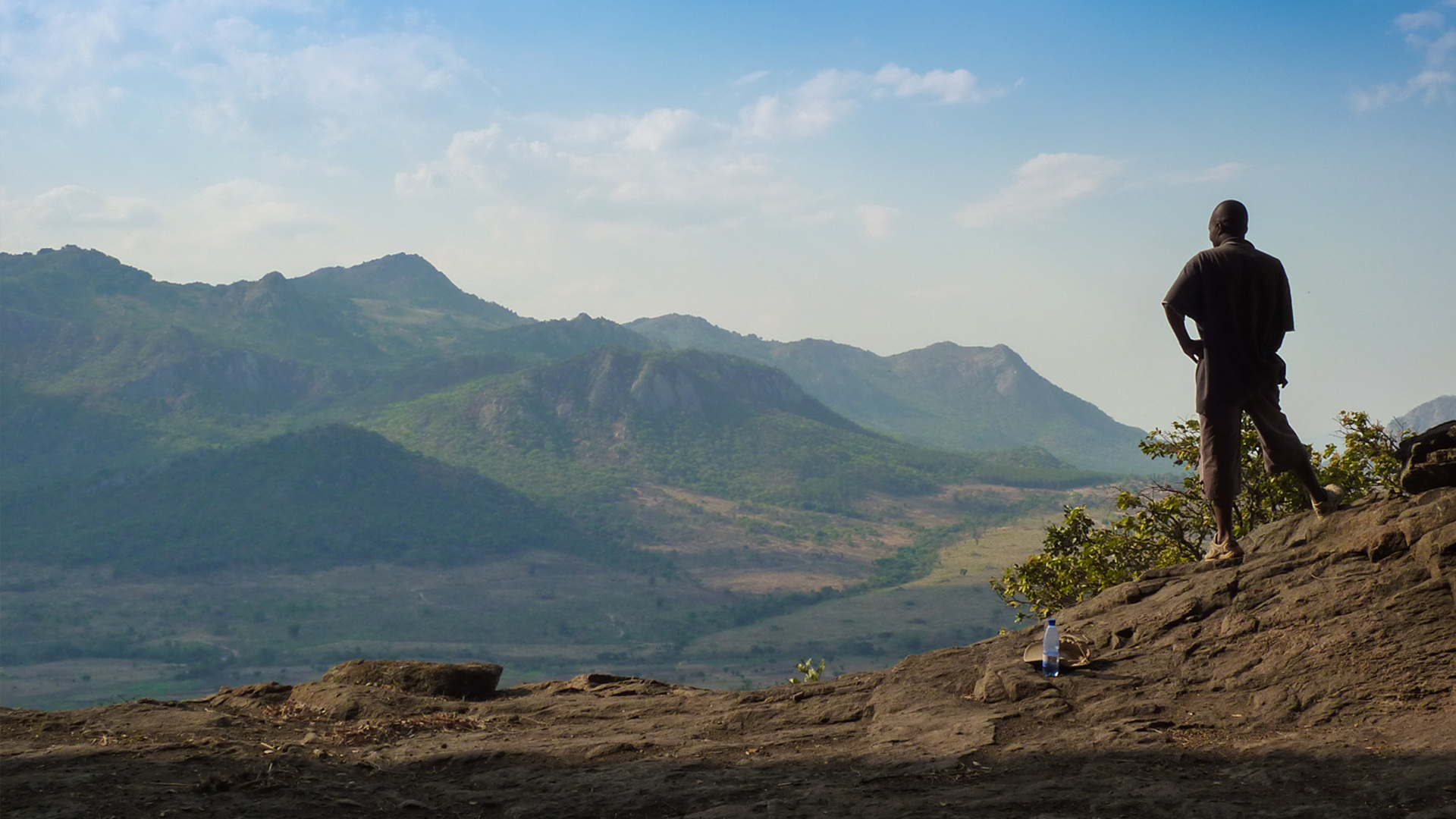
 As we stood on the rim looking out over the village fields below and across to the beautiful and impressive Chongoni Mountain, we could think of no more suitable site for ritual – this awe-inspiring natural cathedral.
As we stood on the rim looking out over the village fields below and across to the beautiful and impressive Chongoni Mountain, we could think of no more suitable site for ritual – this awe-inspiring natural cathedral.
Add Comment